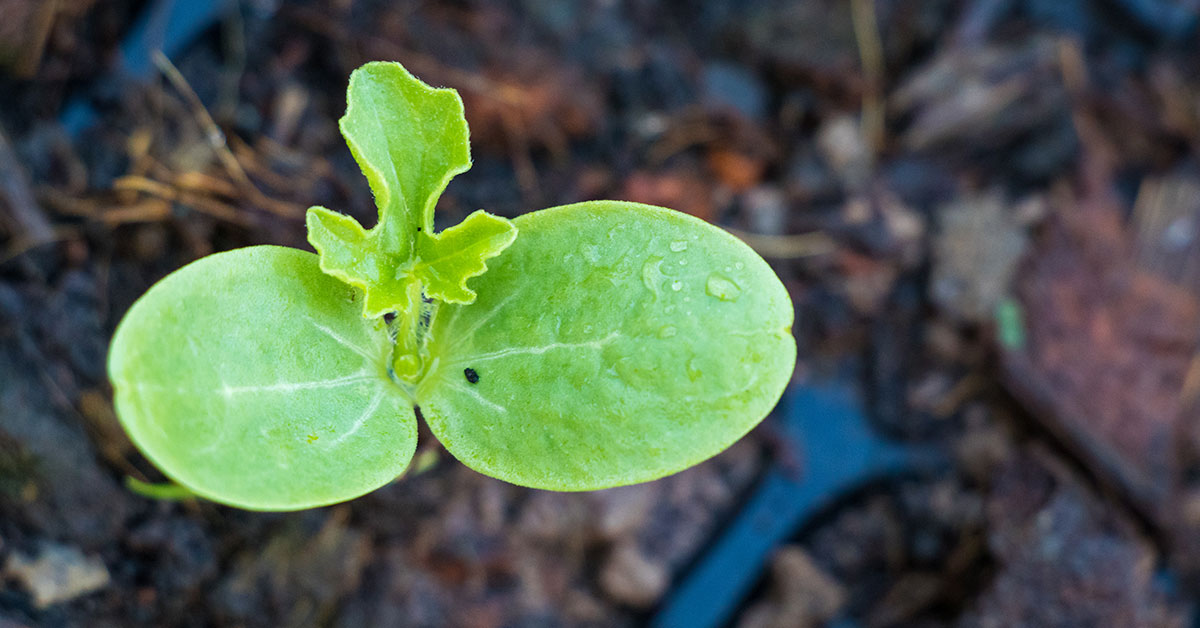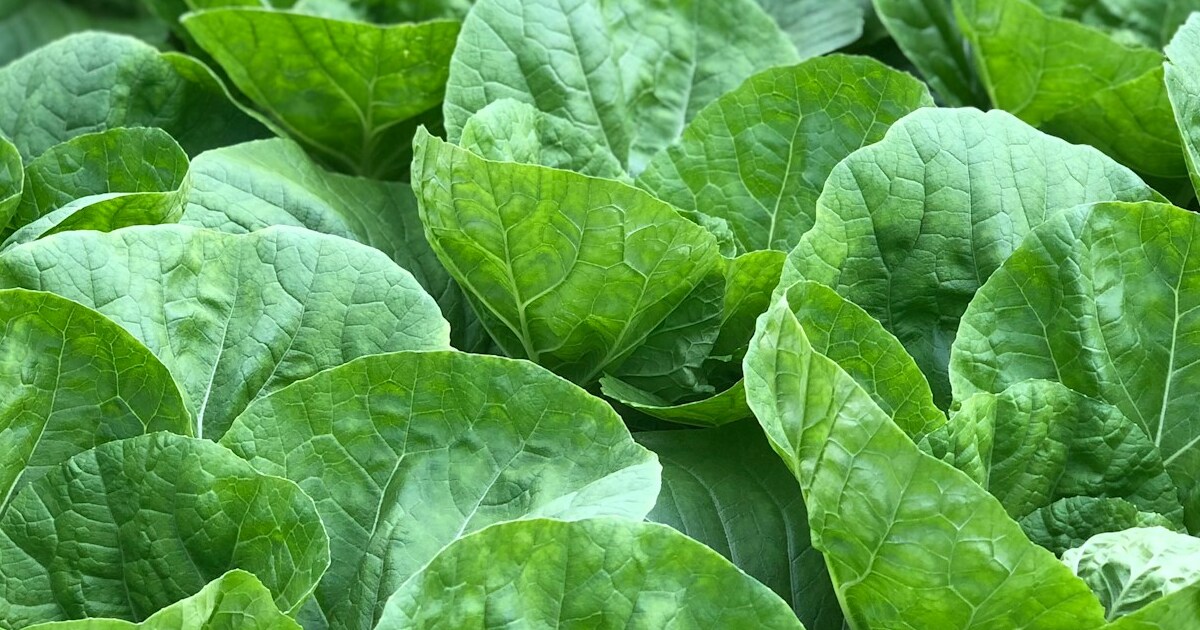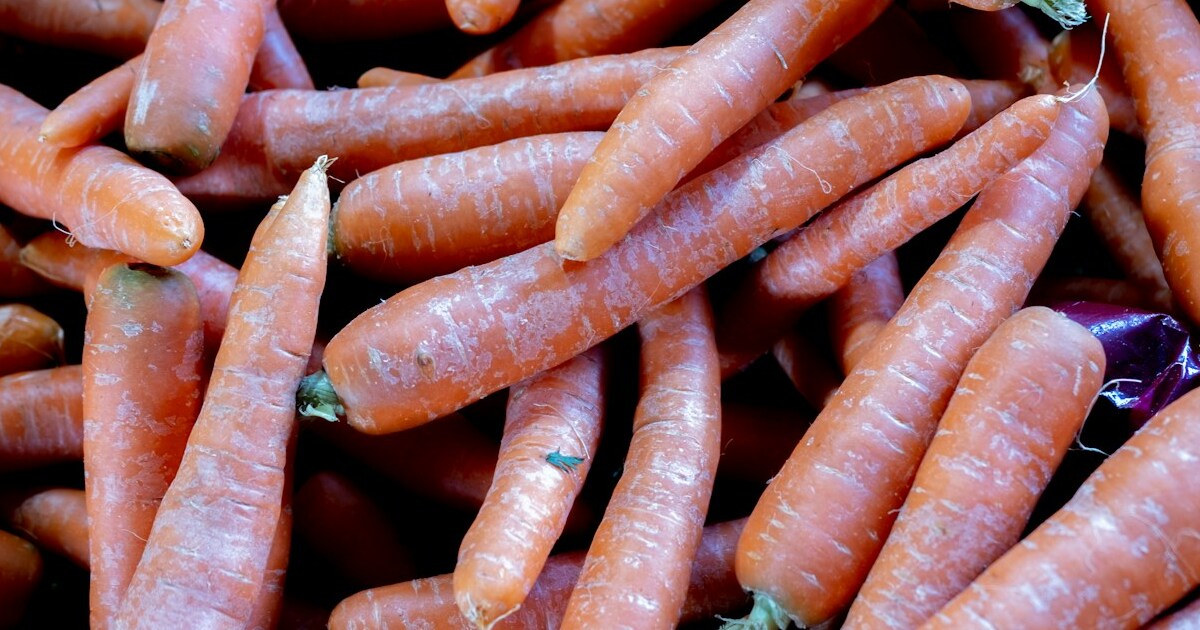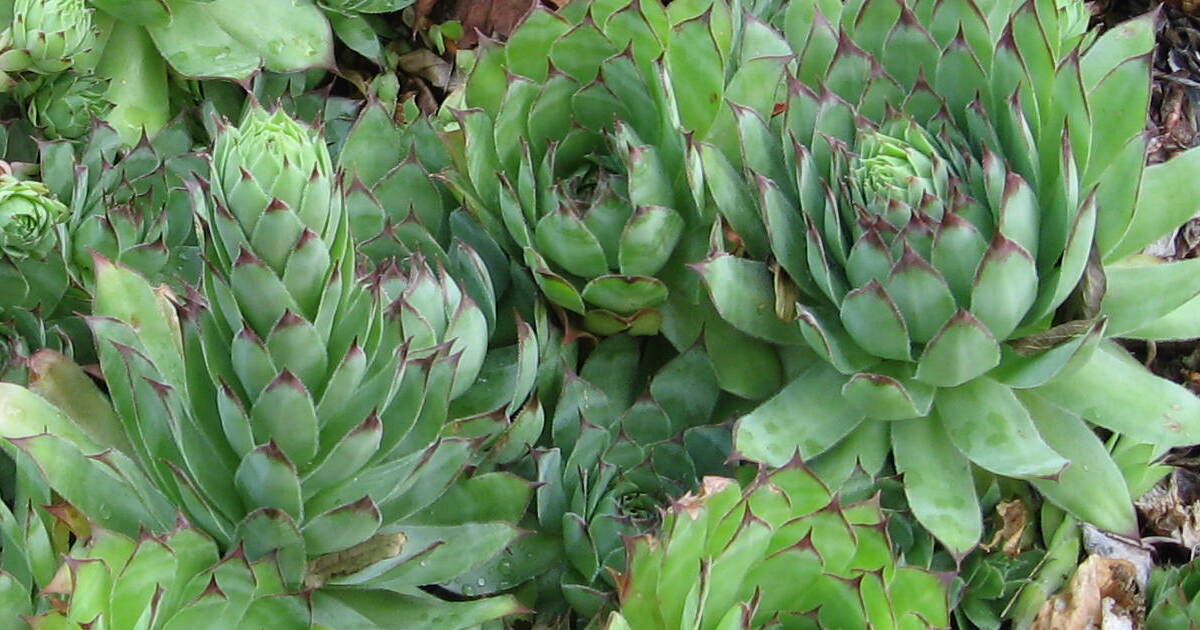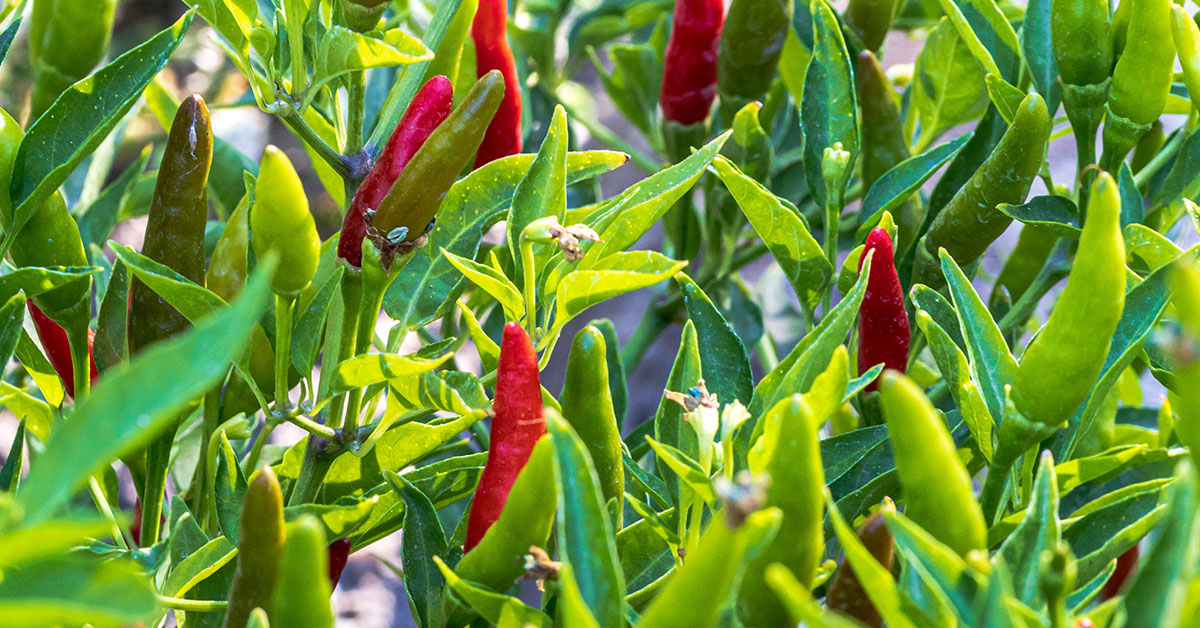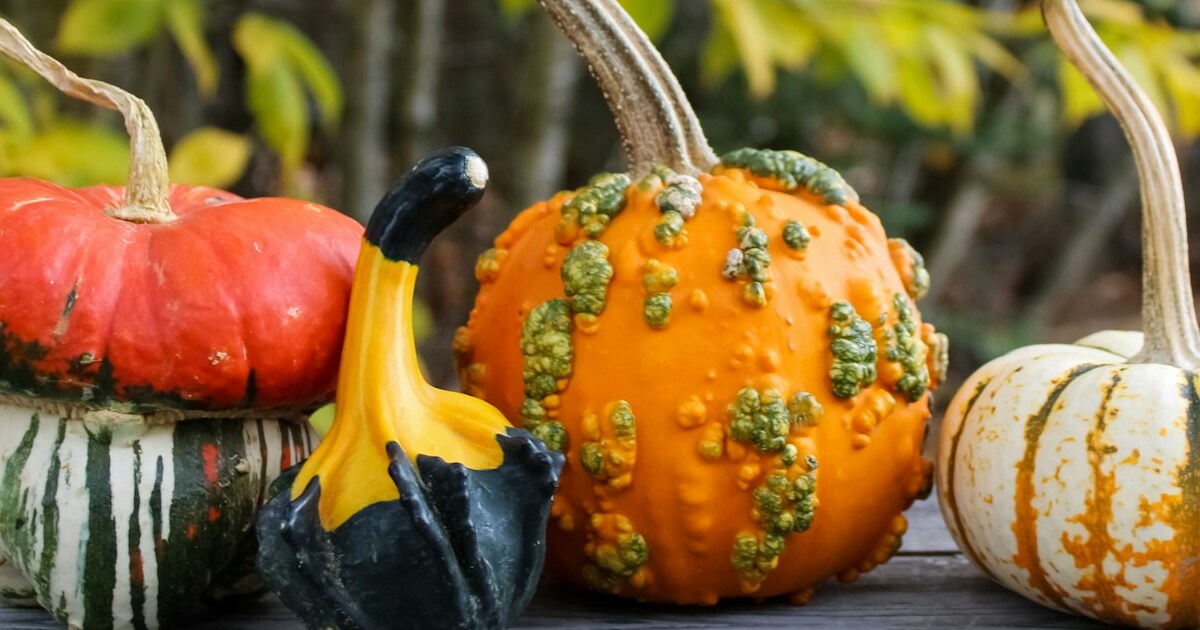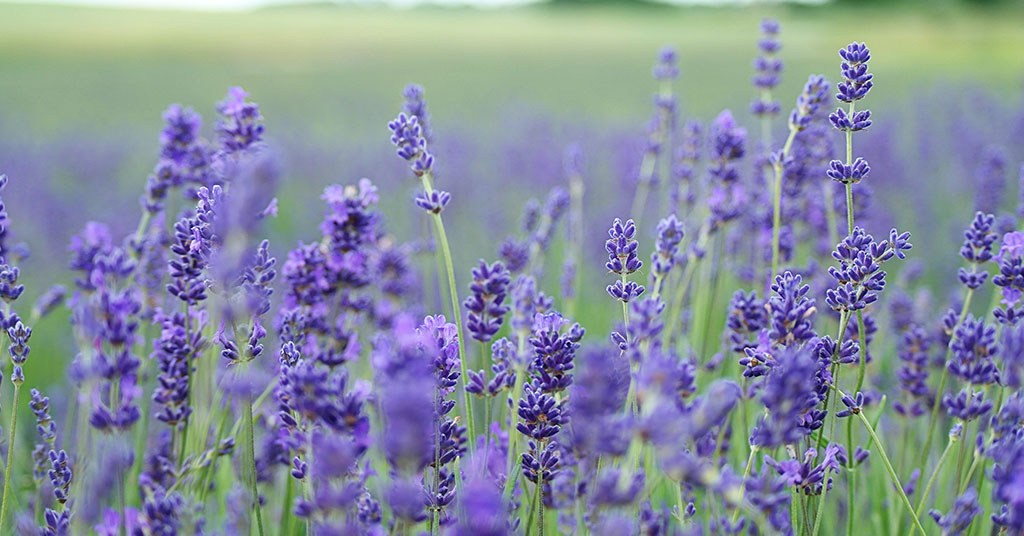Welcome to the world of watermelon cultivation in Virginia! If you’re a gardening enthusiast eager to grow your own juicy, refreshing watermelons, you’ve come to the right place. Virginia’s climate offers a favorable environment for watermelon production, but timing is crucial for a successful harvest. In this article, we will delve into the optimal planting times for watermelon in Virginia, taking into consideration the state’s unique climate and growing conditions.
Whether you’re a seasoned gardener or a beginner, understanding the ideal planting window will help you maximize your chances of growing plump, sweet watermelons that will be the envy of your neighbors. So, grab your gardening tools and let’s dive into the world of watermelon planting in Virginia!
Best varieties of watermelon to grow in Virginia
In Virginia, the best varieties of watermelon to grow are those that have a shorter growing season and are resistant to common diseases in the region. Here are a few recommended varieties:
- Crimson Sweet: This is a popular variety known for its sweet, juicy flesh and high productivity. It matures in about 80-85 days and has good disease resistance.
- Sugar Baby: This is a small-sized watermelon variety that matures in about 75-80 days. It has a dark green rind and sweet, red flesh. Sugar Baby is well-suited for smaller gardens or containers.
- Jubilee: This variety is known for its large size and excellent flavor. It takes about 85-90 days to mature and has a light green rind with sweet, red flesh.
- Charleston Gray: This variety is a good choice for Virginia’s hot and humid climate. It has a tough, gray-green rind and sweet, red flesh. Charleston Gray takes about 85-90 days to mature.
- Moon and Stars: This heirloom variety is unique due to its dark green rind speckled with yellow “stars” and a larger yellow “moon.” It has sweet, red flesh and matures in about 90-95 days.
Remember to consider factors such as soil quality, sunlight, and water requirements when selecting a watermelon variety for your specific location in Virginia.
When to plant watermelon in Virginia
The best time to plant watermelon in Virginia is typically in late spring or early summer when the soil temperature reaches around 70°F (21°C) and there is no longer a risk of frost. This usually falls between mid-May and early June. It’s important to note that watermelon plants require warm soil and temperatures above 60°F (15°C) for successful germination and growth.
How to grow
Growing watermelon requires careful planning and attention to detail. Here are the steps and considerations to keep in mind:
- Climate and Soil: Watermelons thrive in warm climates with temperatures between 70-90°F (21-32°C). Choose a sunny location with well-drained soil that is rich in organic matter. The soil pH should be between 6.0-6.8.
- Seed Selection: Choose watermelon seeds that are suitable for your climate and growing conditions. There are various varieties available, including seedless and seeded types. Consider factors like size, taste, and disease resistance when selecting seeds.
- Starting Seeds: Start watermelon seeds indoors 3-4 weeks before the last frost date in your area. Plant the seeds 1 inch deep in seedling trays or pots filled with seed-starting mix. Keep the soil consistently moist and maintain a temperature of around 75°F (24°C) until the seeds germinate.
- Transplanting: Once the danger of frost has passed and the soil temperature reaches 70°F (21°C), transplant the seedlings outdoors. Space the plants 3-4 feet apart in rows that are 6-8 feet apart. Ensure the soil is well-prepared with compost or aged manure.
- Watering: Watermelons require consistent moisture throughout the growing season. Provide deep, regular watering, aiming for 1-2 inches of water per week. Avoid overwatering, as it can lead to root rot.
- Fertilization: Watermelons are heavy feeders. Apply a balanced fertilizer before planting and side-dress with nitrogen-rich fertilizer once the vines start to develop. Follow the instructions on the fertilizer package for proper application rates.
- Mulching: Apply a layer of organic mulch around the plants to conserve moisture, suppress weeds, and regulate soil temperature. Straw, hay, or grass clippings make excellent mulching materials.
- Trellising: Some watermelon varieties can be trained to grow on trellises, which saves space and improves air circulation. Use trellises or stakes to support the vines and tie them gently as they grow.
- Pollination: Watermelons require pollination to set fruit. Bees and other pollinators are attracted to the flowers, so avoid using pesticides that can harm them. If necessary, hand-pollinate by transferring pollen from the male flowers to the female flowers using a small brush or cotton swab.
- Pest and Disease Control: Monitor your plants regularly for pests like aphids, cucumber beetles, and squash bugs. Use organic pest control methods or insecticidal soaps to manage infestations. Prevent diseases like powdery mildew and fusarium wilt by providing good air circulation and avoiding overhead watering.
- Harvesting: Watermelons are ready for harvest when the fruit’s skin turns dull and the underside turns yellow. The tendril closest to the fruit should also be brown and dry. Tap the fruit, and if it sounds hollow, it’s likely ripe. Cut the watermelon from the vine, leaving a few inches of stem attached.
By following these steps and considering the necessary factors, you can successfully grow delicious watermelons in your garden.
When to harvest
Watermelon can be harvested in Virginia from mid-July to early September, depending on the variety and growing conditions. The exact timing of harvest can vary based on factors such as the specific variety of watermelon, weather conditions, and the desired level of ripeness.
To determine if a watermelon is ready for harvest, you can look for a few indicators. Firstly, check the color of the skin. Ripe watermelons typically have a dull or matte appearance, rather than a shiny or glossy skin. Secondly, examine the underside of the watermelon where it touches the ground. If the spot has turned from white or green to a creamy yellow color, it is a good sign that the watermelon is ripe. Lastly, you can also gently tap the watermelon and listen for a deep, hollow sound, which indicates ripeness.
It’s important to note that watermelons do not continue to ripen after they are harvested, so it’s crucial to pick them at the right time for optimal flavor and sweetness.
Common watermelon plant problems and fixes
Common problems when growing watermelon include:
- Poor germination: If seeds fail to germinate, it may be due to low soil temperature or poor seed quality. To improve germination, ensure that the soil temperature is consistently above 70°F (21°C) and use fresh, high-quality seeds.
- Lack of pollination: Watermelons require pollination to set fruit. If there is a lack of pollinators in your area, you can hand-pollinate the flowers using a small brush or cotton swab. Gently transfer pollen from the male flower to the female flower.
- Blossom end rot: This is a common problem characterized by a dark, sunken area at the blossom end of the fruit. It is caused by calcium deficiency or inconsistent watering. To prevent blossom end rot, maintain consistent soil moisture and ensure the plants receive adequate calcium through proper fertilization.
- Powdery mildew: Powdery mildew appears as a white, powdery coating on the leaves, stems, and fruit. It thrives in humid conditions. To control powdery mildew, ensure good air circulation around the plants, avoid overhead watering, and apply fungicides if necessary.
- Insect pests: Common watermelon pests include aphids, cucumber beetles, and squash bugs. Regularly inspect your plants for signs of infestation and use organic insecticides or insecticidal soaps to control them. Encouraging beneficial insects, such as ladybugs and lacewings, can also help control pests.
- Overwatering or underwatering: Watermelons require consistent moisture, but overwatering can lead to root rot, while underwatering can result in poor fruit development. Water deeply and regularly, ensuring the soil is moist but not waterlogged. Mulching around the plants can help retain soil moisture.
- Fruit cracking: Cracking can occur when there is rapid fruit growth followed by heavy rain or excessive irrigation. To prevent fruit cracking, maintain consistent soil moisture and avoid overwatering during periods of rapid growth.
- Poor fruit set: If your watermelon plants produce flowers but fail to set fruit, it may be due to inadequate pollination, extreme temperatures, or nutrient imbalances. Ensure proper pollination, provide shade during hot periods, and maintain balanced soil fertility through regular fertilization.
By addressing these common problems, you can increase the chances of a successful watermelon harvest.


